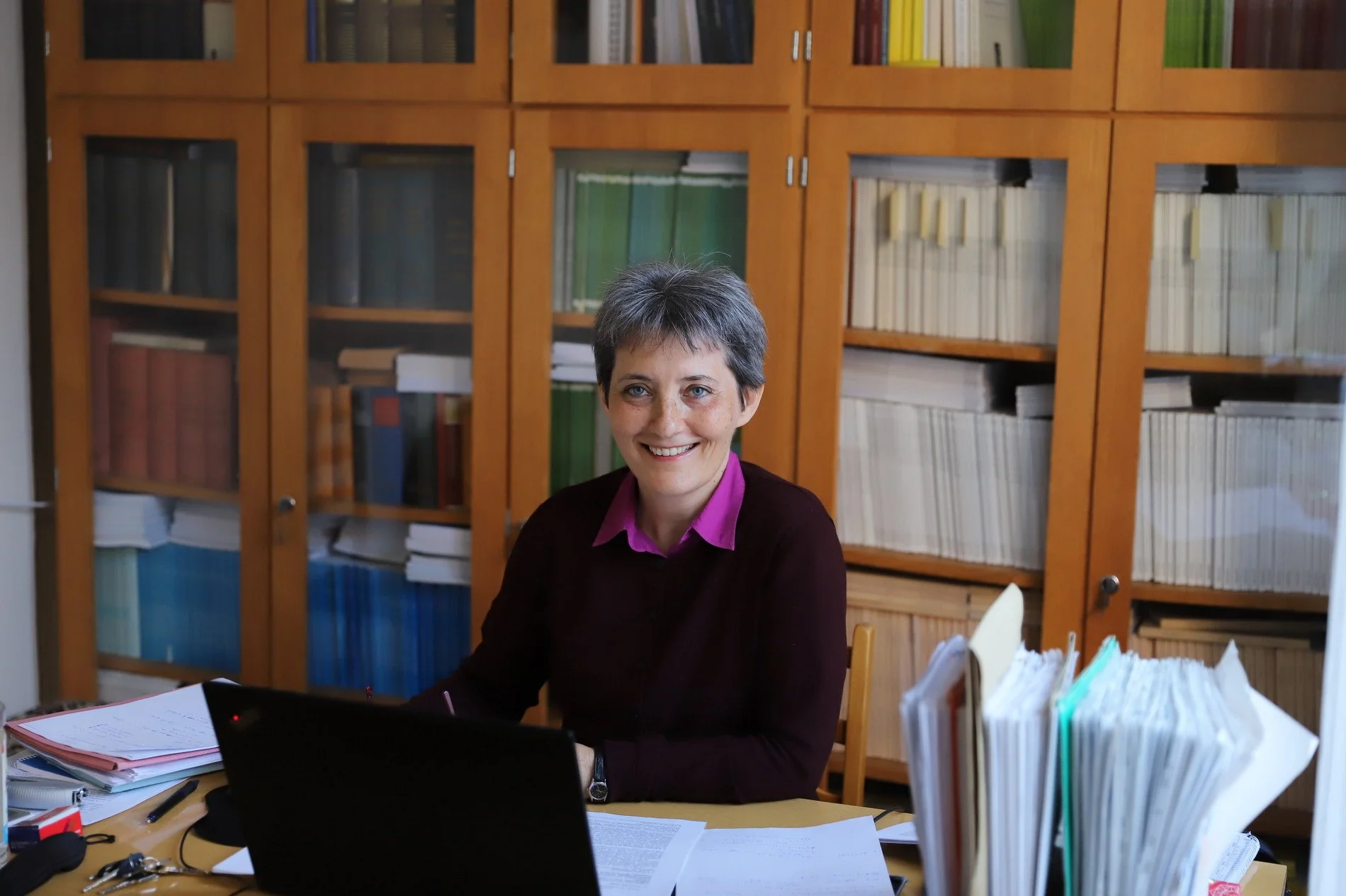SZTE linguists and computer scientists at the forefront of the fight against the fake news epidemic
SZTE linguists and computer scientists work at the forefront of the fight against the fake news epidemic - reads in the university's press release.
According to the announcement, the human and automatic fake news recognition system, the development of which was started by the participants of the program managed by SZTE as the consortium leader, can save lives.
The project entitled "Linguistic identification of fake news and pseudo-scientific views", which is the 4th sub-program of the "National Program for Science in the Hungarian Language" supported by the Hungarian Academy of Sciences, extends from the theoretical foundations of science to application and innovation.
The problem of manipulation in different forms of language use has been investigated for years by the researchers of the Department of General Linguistics of the Faculty of Humanities and Social Sciences of the University of Szeged. Members of the Pragmatics Student Research Workshop searched for the answer to how linguists can stop fake news epidemics under the direction of Professor Enikő Németh T.
Professor Enikő Németh T. - Photo by Anna Bobkó / SZTE
Results of the research were presented under the title "Did you know that linguists can stop the spread of (fake) epidemics? Fake news and manipulation in Covid-communication" at the Dugonics Society's public awareness program, on December 8, 2020. After this, academician Enikő Németh T. was asked by the president of the Hungarian Academy of Sciences, Tamás Freund, to develop and manage the academic program entitled "Linguistic identification of fake news, pseudoscientific views".
The consortium implementing the project is managed by SZTE, and linguistic researchers and computer scientists from the universities of Szeged and Debrecen participate in the work. The experts focus on fake news spreading on the Internet, including those related to health care, and in addition to the vocabulary of the texts, they also examine the grammatical and pragmatic tools.
In addition to building a scientific theoretical foundation for the concept of fake news, our educational goal is to develop a humane fake news recognition procedure. We are also developing automatic tools, such as the mobile phone application and browser extension, with which we will detect the elements that characterize fake news within the checked texts. The conspiracy theory or manipulative product description, revealed by linguistic methods, will be inspected by health professionals. This results in a convincing procedure, a possibility of practical use, the application of which can even save lives, the academic emphasized.
The Hungarian Academy of Sciences allocates a total of HUF 200.000.000 for the program entitled "Linguistic identification of fake news and pseudo-scientific views". The implementation of the Academy's national language research program started on December 1, 2022, and will end on November 30, 2026.
Source: University of Szeged
Featured image by Markus Winkler / Unsplash
